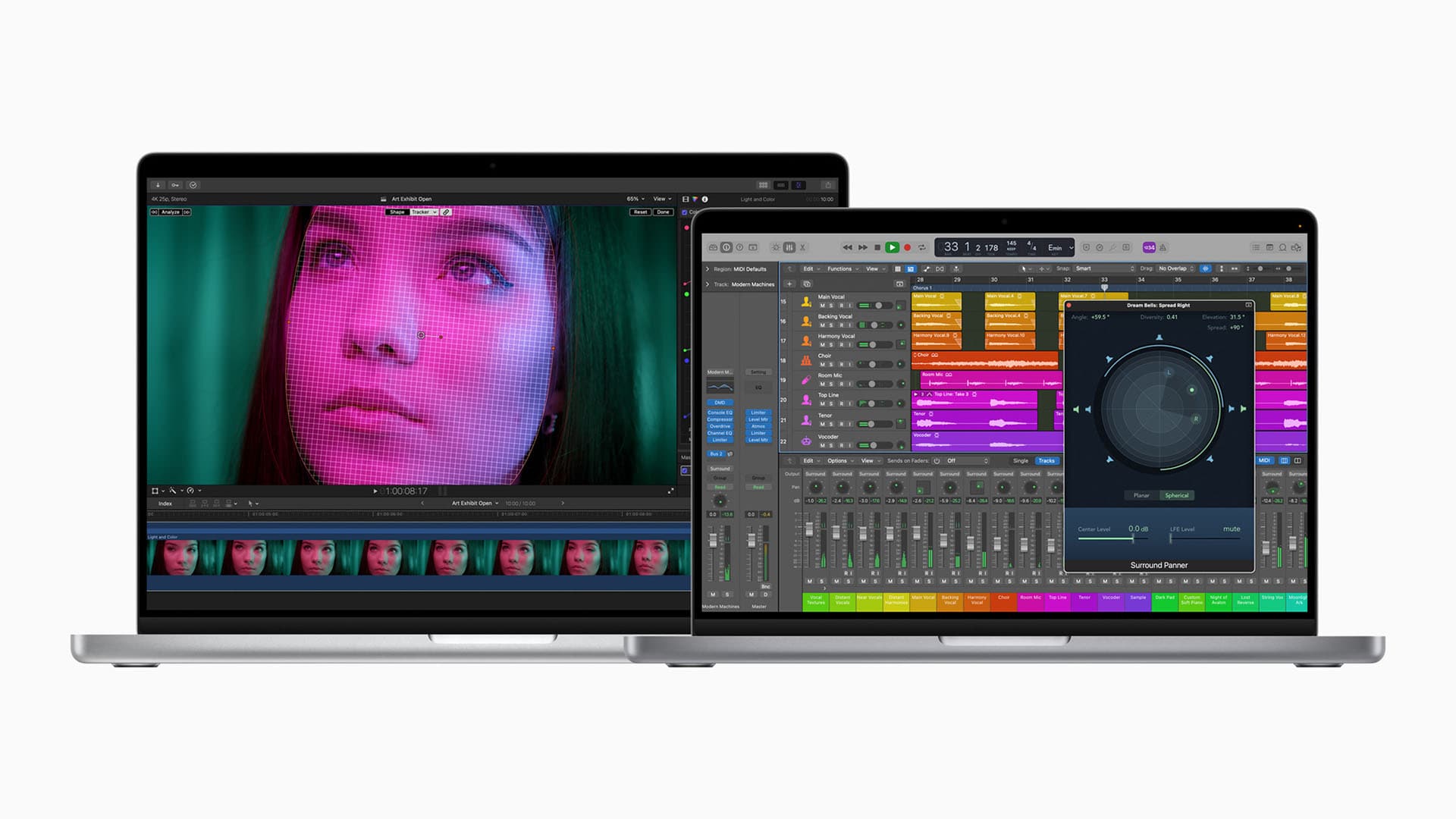
12 years on from the launch of Final Cut Pro X, Heath McKnight on how in a world of great NLEs for Apple, including DaVinci Resolve and Premiere Pro, Final Cut Pro still shines brightly.
Apple’s Final Cut Pro officially turns 23, and it's been 12 years since Final Cut Pro X, following its radical UI transformation and speed increases. So, it seems like a good point to assess the latest updates, Mac recommendations, plugins, and discuss why Final Cut Pro is still a great option for editors.
Latest updates to Final Cut Pro, Motion, and Compressor
12 years after the debut of Final Cut Pro X to much fanfare and controversy, the NLE has matured nicely. There are plenty of great features that benefit all editors, including students, YouTubers, indie filmmakers, and major TV, commercial, and feature film editors.
In late 2021, FCP 10.6 launched and included support to play back 7 layers of 8K HDR footage in ProRes, a new Object Tracker, iPhone's Cinematic mode (ver. 13and 14), and more. Read our write-up here.
Final Cut Pro 10.6.5 saw the improvement of exporting H.264 or HEVC faster on a silicon Mac (this is great!), added duplicate clip detection, voice isolation to improve speech, and increases stability when you disconnect a Sidecar display on Intel Apple computers.
Motion 5.6.3 added an Object Tracker (for faces or objects), Sliced Scale Filter (avoids distortion when scaling by allowing an image to be divided into slices), a Neon Filter, and add or delete focus points of the depth effect when using the iPhone 13 and 14's Cinematic mode (needs macOS Monteray or later).
Compressor 4.6.3 can now export HEVC 8-bit 4:2:2 encoding, multi-pass HEVC 4:2:2 encoding, and the ability to preview the transparency of HDR video.
Final Cut Pro and Apple Silicon and Metal, plus Mac recommendations
While other NLEs have been optimized to run great on Apple’s M1 and M2 silicon SoC (system on a chip), Final Cut Pro runs extremely well. Editors will see faster overall editing and rendering, and less downtime waiting when using FCP on Apple’s silicon-powered Macs.
The new M2 Pro and M2 Max MacBook Pro’s (14 and 16 inch) are killer machines that can handle anything you throw at it, including high end VFX and animation software, not just Final Cut Pro.
While we wait for the first silicon-powered Mac Pro, the Mac Studio is doing a pretty good job of handling major editing, graphics, animation, and visual effects, no matter the software being used. If you need a system now and have the budget, get the M1 Ultra (two M1 Max SoC’s fused together), which even at a year old as of this writing (March 2023), is still lightning fast.
Using the base model Mac Studio with an M1 Max hasn't had any problems or lags with editing, including testing a few layers of 8K Vista Vision from a RED KOMODO. Anecdotally, I did some data crunching in Excel for Mac with 100,000 lines of data (numbers), and in under a minute, I got the results. I think my poor old Intel iMac would have struggled and the fans would’ve kicked on, sounding like it was about to take off for orbit.
The new M2-powered Mac mini gets you into Apple silicon without spending a lot of money, starting at around $600 USD (minus monitor, keyboard, and mouse). However, if you upgrade to the M2 Pro with the top-end M2 option plus a decent amount of RAM and drive space, the price gets close to the Mac Studio without much of a difference in performance, per some online reviews. But you’re still getting a beast of a machine that will likely give you great results for years to come.
Plugins make things better and easier in Final Cut Pro
One of the great things that exploded alongside the debut of Final Cut Pro X back in 2011 was the ability to purchase and use plugins to enhance workflows and add more creative options. Fairly early on, developers of all sizes began working on and releasing some phenomenal and useful plugins for FCP X. I’ve used many of these to make my life easier while cutting, and in some cases, save audio (CrumplePop).
Here is my short list of plugins I think every FCP editor should have in their toolbox:
BRAW Toolbox allows for cutting of Blackmagic’s BRAW natively, as opposed to transcoding the footage. evrExpanse 3, which imports EXIF camera metadata to FCP, added XML import. These are two must-have plugins.
Pro editor pressure for improvement
In April 2022, professional editors posted a public letter to Apple asking the company to not to let their favorite NLE languish as competitors like DaVinci Resolve and Premiere Pro pass FCP by with new features and workflows (think super high-end and mega budgeted projects). Read the letter here. To Apple’s credit, it responded and promised to address the editors’ concerns, and you can read the entire response here.
One can only speculate if Apple reached out to some of these professionals to get further feedback for more features. We’ll likely find out soon enough with NAB fast approaching.
Additionally, we've seen the launch of the Apple-authorized training and certifications via FMC, which covers everything from the basics of Final Cut Pro to much more advanced features and editing.
To sum up…
In a world of great NLEs for Apple, including DaVinci Resolve and Premiere Pro, Final Cut Pro still shines. Since FCP X debuted in 2011, the one-time price fell to $299 USD. Add in Motion 5 and Compressor 4 for $49.99 each, and you have a fairly powerful post-production setup for under $400. What’s also great is you can use tools like DaVinci Resolve for color grading and Pro Tools for audio, or stay within FCP. And the plug-in support is incredible. Apple offers a 90-day trial, as well. Learn more at Apple's FCP site.
Tags: Post & VFX Editing


Comments